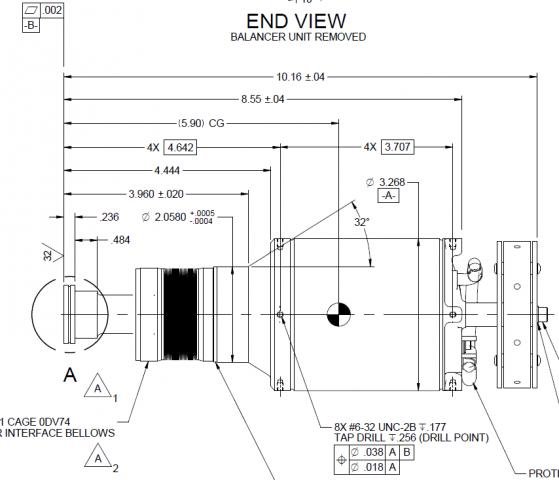My question, if I have done this properly in my PC-DMIS program, is there any way that all 8 holes could pass for the upper PLTZF callout, and simultaneously all 8 holes fail the FRTZF callout? I can't see how they could, but when I executed a program recently that I've used on many of these same parts, this is exactly what the results show.
On a side-note, the drawing doesn't restrain all 6 degrees of freedom, so I chose a feature on the part that made sense to me to use to close that gap.
Thanks in advance

